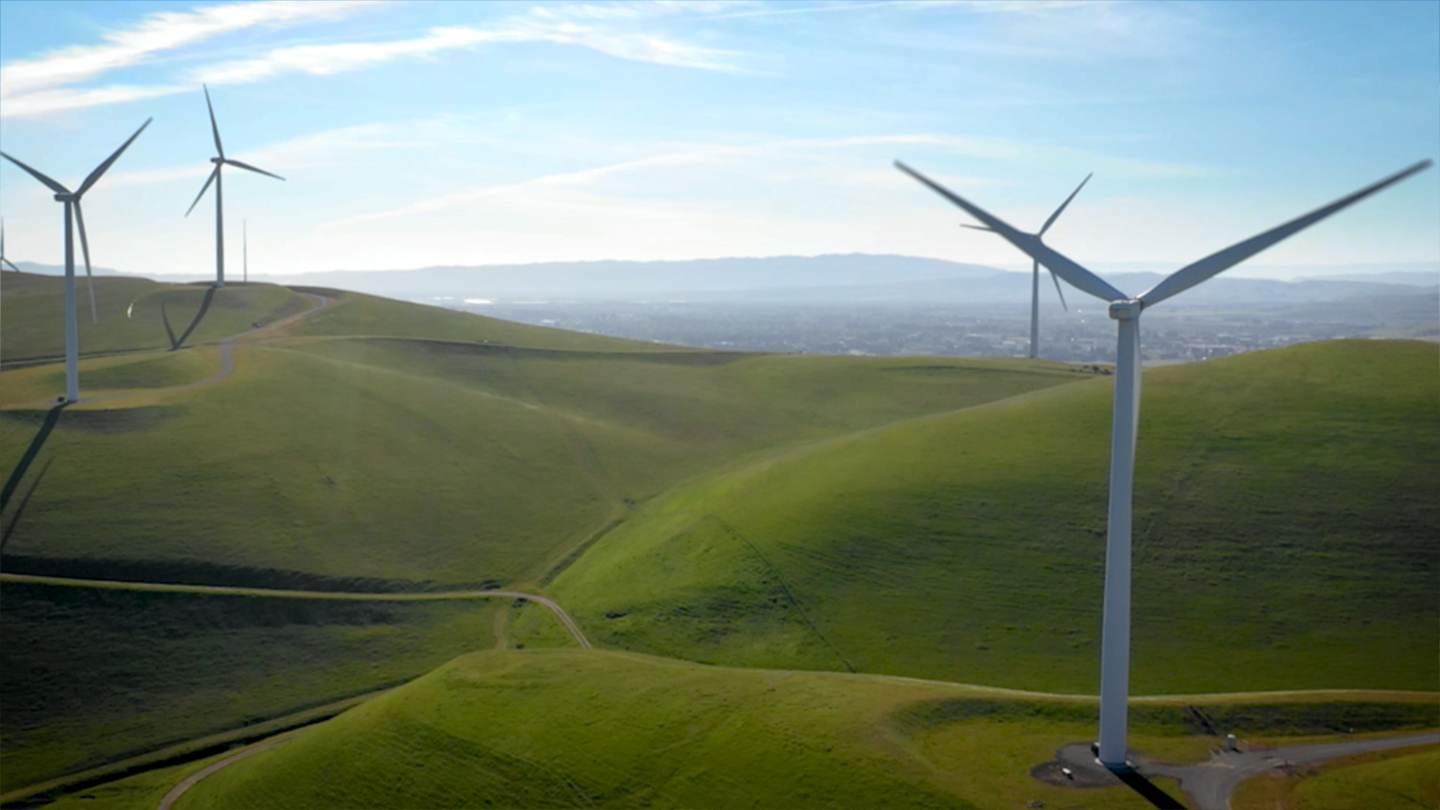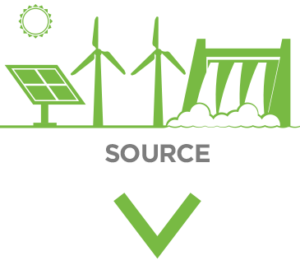Your power can change the world.
With clean electricity provided by Silicon Valley Clean Energy you have the power to make all-electric choices that help fight climate change and build a cleaner, greener Silicon Valley for everyone.

Congrats, you are already receiving clean electricity.
By living in our community or having a business here, you get clean electricity automatically from Silicon Valley Clean Energy.
If you live in one of the communities served by SV Clean Energy info and did not opt-out, you are already receiving clean electricity at competitive rates. As a customer, you benefit from on-bill savings, local control and rebates for home upgrades that help fight climate change in our community.
From Source to Switch – How Your Electricity Service Works

SVCE
It starts with electricity generated from clean sources, built and purchased by SV Clean Energy

PG&E
This electricity is then delivered by PG&E over the poles and wires they continue to own and maintain

YOU
Electricity then flows to homes and businesses in the community, benefitting you with cleaner energy & local control
Silicon Valley Clean Energy (SVCE) is a public, not-for-profit agency that provides clean electricity for 270,000 residential and business customers across 13 Silicon Valley communities. SVCE generates clean electricity for you to use in your home or business and PG&E delivers it on their existing power lines. You get one combined energy bill each month from PG&E but because your electricity is generated by Silicon Valley Clean Energy and delivered by PG&E you can see these pieces of your energy are split on the bill for both SVCE and PG&E.
Take the next step.
There are so many things you can do today to make a big difference for our future. Use clean energy to power your home, car and appliances. Save money and protect the earth. Find all of this and more at eHub.
Clean Electricity
Congrats! You’re already getting clean power. Explore more energy options here.
Drive Electric
Fun, fast and no more gas! Ever meet an electric vehicle owner who didn’t love it?
Electric At Home
There’s something better out there. Cleaner, safer and more efficient appliances.
How do I re-enroll?
If you did not opt out and live in one of the 13 communities we serve, no need to re-enroll. You are already receiving clean electricity!
SVCE is the official electricity provider for the communities of Campbell, Cupertino, Gilroy, Los Altos, Los Altos Hills, Los Gatos, Milpitas, Monte Sereno, Morgan Hill, Mountain View, Saratoga, Sunnyvale and Unincorporated Santa Clara County.
If you opted out and would like to re-enroll, call us at 1-844-474-SVCE (7823) or email us at customerservice@svcleanenergy.org.
Your Energy Makes an Impact

96%
Participation
Of eligible customers enrolled in electricity service

530
Million Pounds
Avoided CO2 from receiving a clean power supply

$100
Million
On-bill savings for SVCE customers since 2017
What’s New
Michael Callahan Joins Silicon Valley Clean Energy as General Counsel
Live Energy Advisor Helps Residents Take Action to Achieve a Safe, Healthy, and Efficient Electric Lifestyle
Student-Led Projects Address Climate Issues Facing Local Communities
Learn more about how you can make a difference.
Stay up-to-date on new opportunities with eHub and SV Clean Energy’s offers and services as well as all things clean energy in the community.





